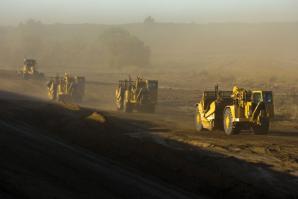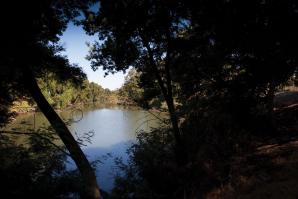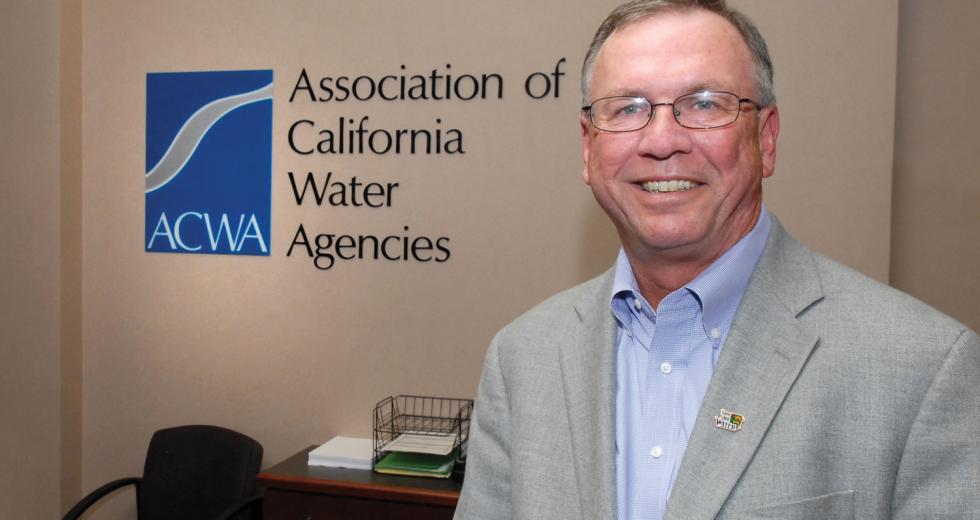If Sir Isaac Newton were around today to assess California’s interest in seawater desalination, he would likely reference his own third law of motion, which in simple terms states that for every action there is an equal and opposite reaction. In short, as our water supply dwindles, the desire to glean freshwater from salty oceans and brackish groundwater is growing.
Desalination has been used in some form for centuries. Modern systems began to surface in the early 1920s, though it didn’t begin to see real global expansion until the 1960s. Desalination, however, often carries a high price tag, both economically and environmentally. The price per acre-foot varies significantly by region, and most experts agree desalinated water costs approximately two to four times that of water gleaned through traditional methods. The U.S. Geological Survey, for instance, pegs the average price for desalinated water at about $1,000 per acre-foot, while traditional water supply usually comes in around $200 per acre-foot.
Reverse osmosis used in desalination also has plenty of environmental concerns, most notably the potentially negative impact of brine residue that often ends up in the ocean. In the battle over Delta smelt, environmentalists say pipes pumping ocean water into a desalination plant could harm fish populations.
The process is also energy intensive. The California Department of Water Resources estimates that desalination efficiency tops out at 50 percent, meaning 50 gallons of water produced for every 100 gallons processed. The low end of the spectrum is much worse — approximately 15 percent — a major issue at a time when the state is undertaking a major effort to cut greenhouse gas production.
Those issues have even some of the most ardent California water warriors hesitant to rely too much on desalination.
“Desalination is part of the solution, but it is not a big part,” says Tim Quinn, executive director of the Association of California Water Agencies. “You don’t solve the problem by just shifting it from one ecosystem to another.”
Perhaps, but with a global population growing in places with little freshwater, desalination is booming. According to the National Academies of Sciences, it is now used in more than 120 countries. This includes the United States, Australia and most European nations, although about half are located in the Middle East. In all, there are approximately 21,000 desalination plants in operation worldwide that collectively produce more than 3.5 billion gallons of drinkable water each day.
Although some desalination plants are enormous — Israel’s Ashkelon seawater reverse osmosis plant, the world’s largest, produces almost 30 billion gallons of freshwater each day — most U.S. plants are small with limited capacity, like the Newark Desalination Facility in Alameda County, which produces around 3 million gallons of freshwater daily. That could eventually change, however, as California water officials have approved construction of a new $320 million desalination plant near Carlsbad, just north of San Diego. If all goes according to plan, it would be the largest desalination plant in the Western Hemisphere, producing around 50 million gallons of freshwater daily by 2011.
There are currently multiple similar proposals waiting approval across the state. But even with all of its cost and environmental concerns, desalination is anything but a sure bet to become a major player in California’s water portfolio.
Recommended For You

Ring of Mire
Yuba doesn't wait for the feds to tackle flood protection
Yuba County officials knew they couldn’t rely on federal money to improve their levees. Historically, the federal government has provided the bulk of money for flood protection, but it can take 10 to 20 years to receive it. So Yuba County, a mostly agricultural county of nearly 73,000 people 30 miles north of Sacramento, developed a plan to fund levee improvements itself.

Peripheral Vision
Can state and federal officials agree on comprehensive reform before it's too late?
For centuries, the biggest environmental concern for most California water users was how to squeeze every last drop from nature. While a wet year might shift concerns to flood control, grab-as-grab-can gusto came back almost as soon as the waters receded. But that was then. Today, environmental concerns are center stage in the state’s ongoing effort to reform its water system.



